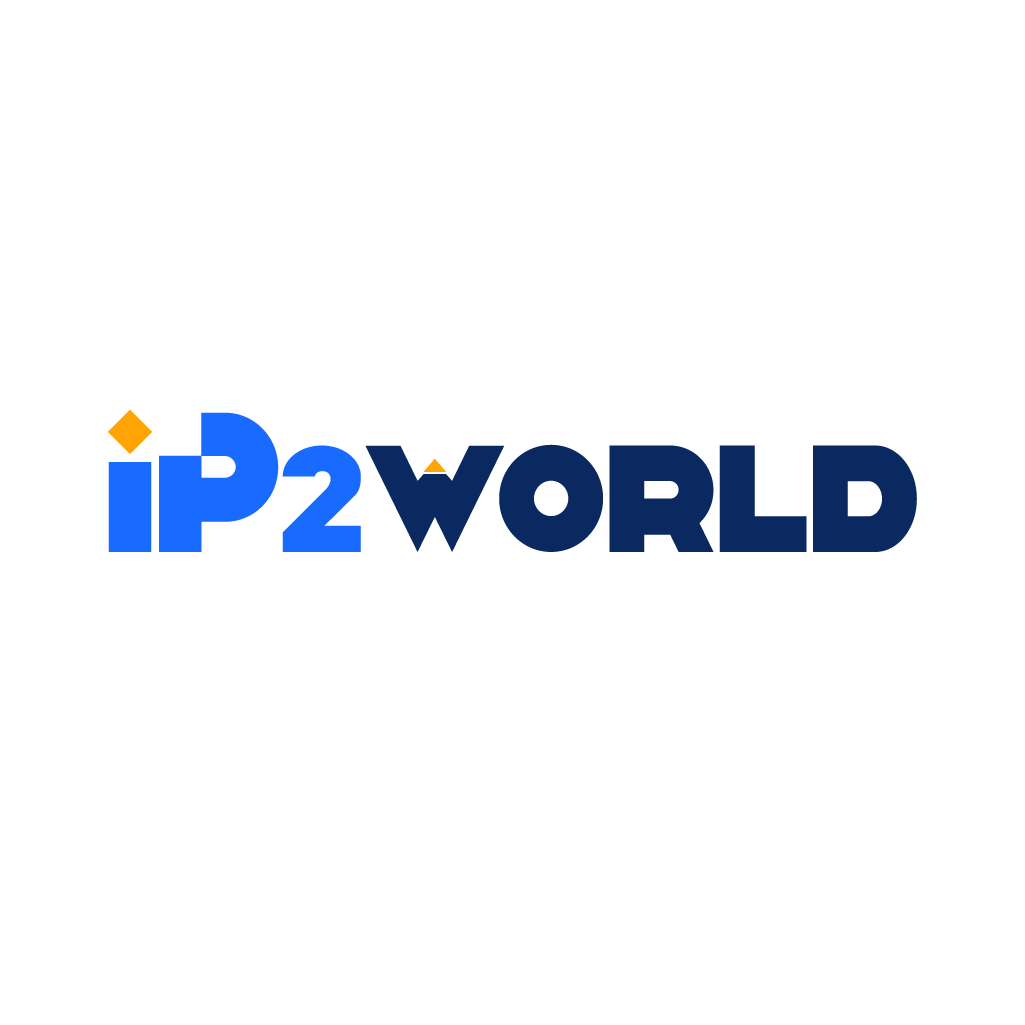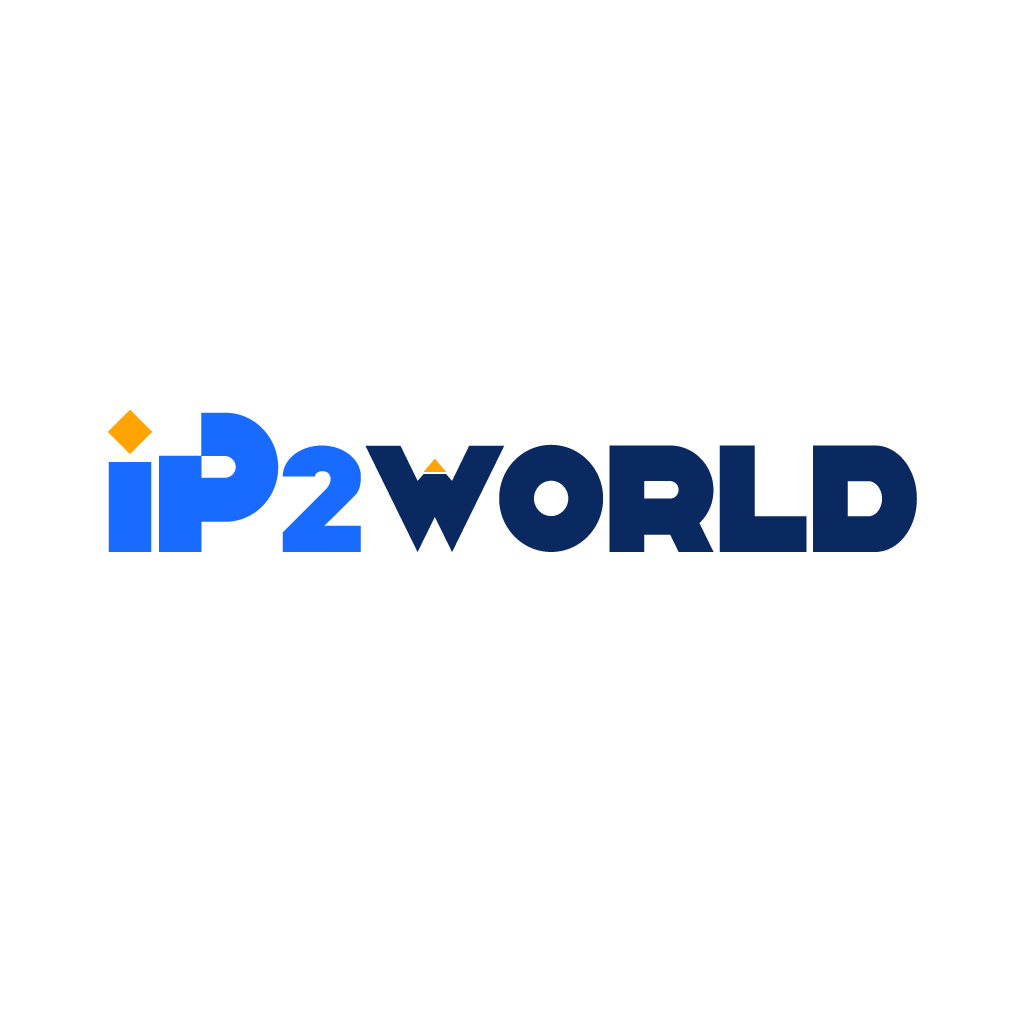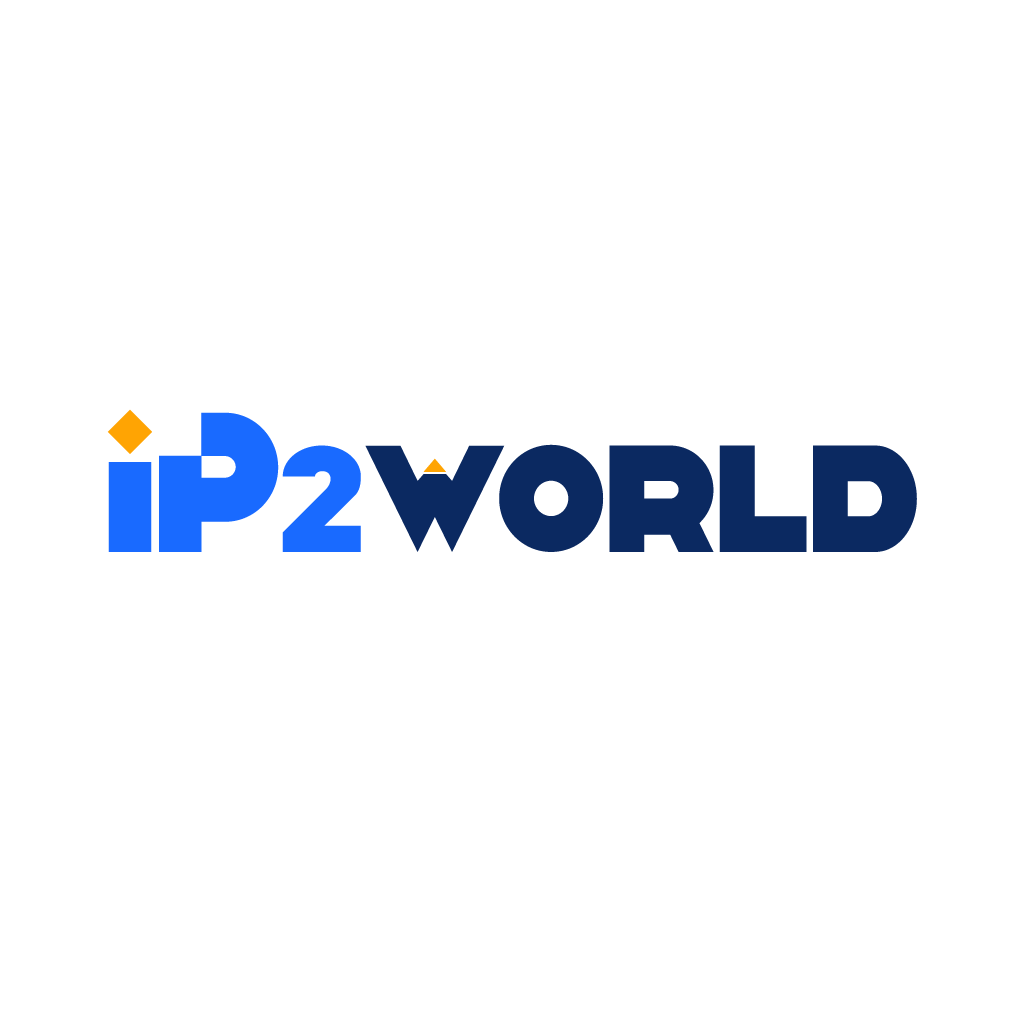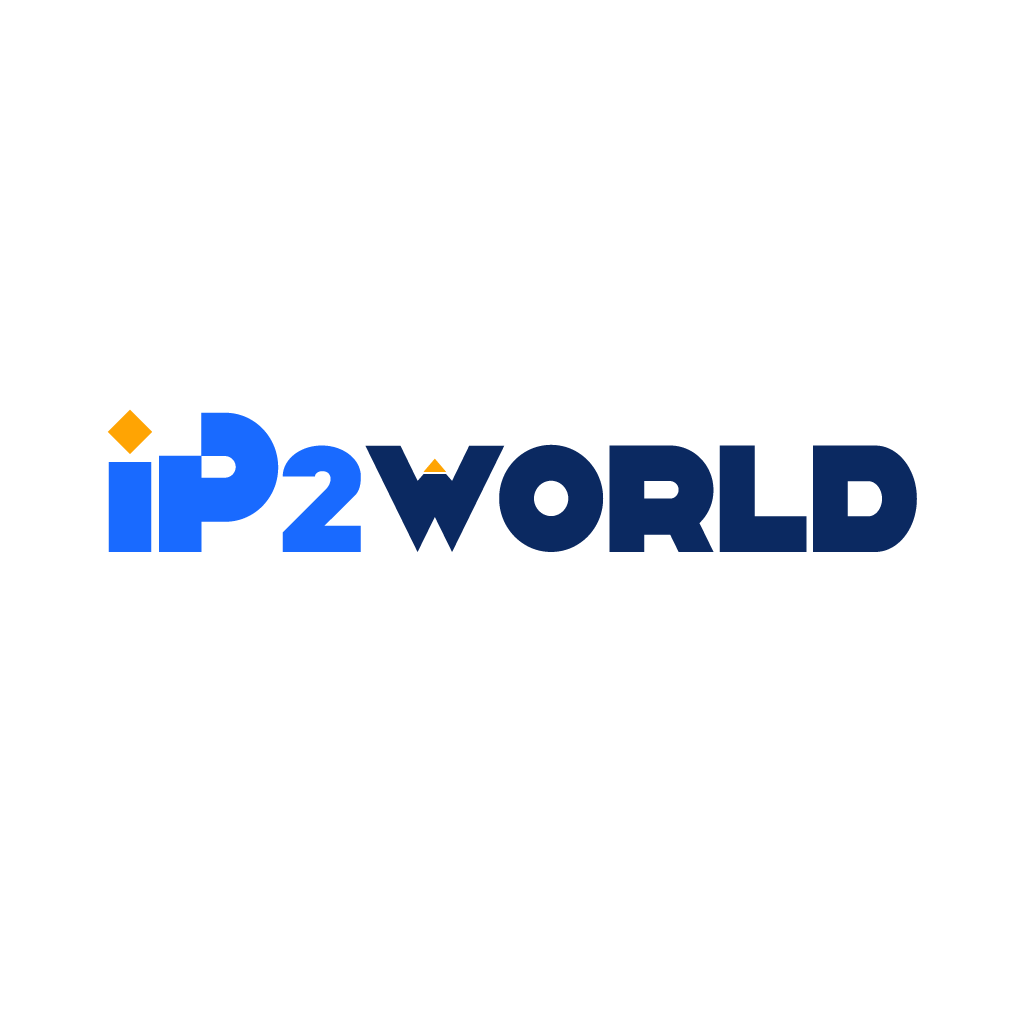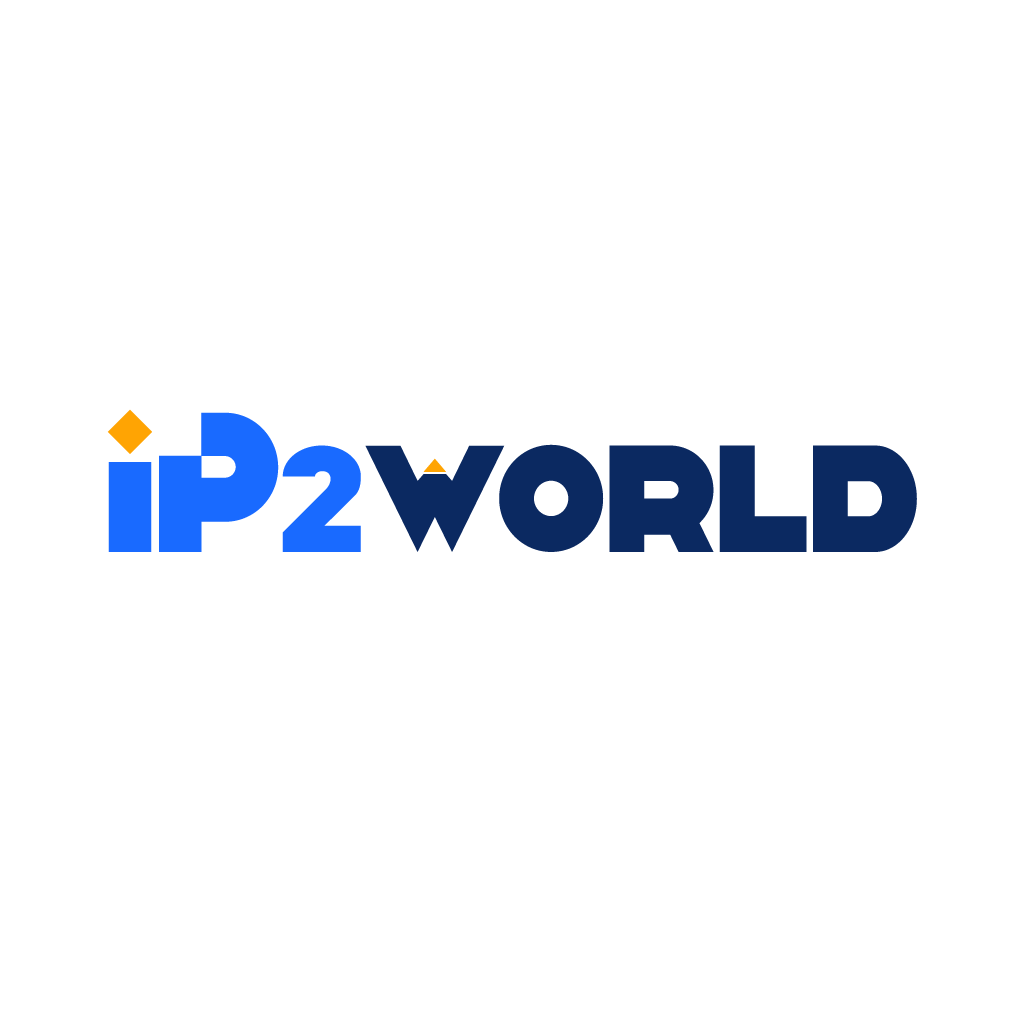Introduction In the dynamic and ever-evolving landscape of the internet, where websites serve as the primary interface between businesses and their audiences, ensuring an exceptional user experience is paramount. Users expect fast loading times, secure interactions, and seamless accessibility to content. However, meeting these expectations can be a complex challenge, especially as websites face increasing demands and cyber threats. Enter the world of reverse proxies – a technological marvel that has emerged as a vital solution to optimize website performance, enhance security, and ensure unwavering reliability. Defining Reverse Proxies: A Gatekeeper of Excellence At its core, a reverse proxy is akin to a digital gatekeeper that stands between users and servers, orchestrating a symphony of benefits that elevate websites to new heights. Unlike traditional proxies that mediate requests on behalf of clients, reverse proxies are the unsung heroes that work on behalf of servers. They serve as the front line of interaction, intercepting client requests, optimizing content delivery, and fortifying security measures. Imagine the reverse proxy as a virtual bouncer at an exclusive party. It ensures that only legitimate guests (requests) gain access to the party (server) while keeping unwanted intruders at bay. In doing so, the reverse proxy adds a layer of control, optimization, and protection that directly impacts the website's performance and user experience. The Journey of a Request: Behind the Scenes To fully grasp the significance of reverse proxies, let's embark on a journey alongside a user's request for web content. When a user enters a URL into their browser, they set in motion a series of interactions that involve multiple servers and networks. The first stop is the DNS (Domain Name System), which translates the human-readable URL into the IP address of the server hosting the website. Once armed with the IP address, the user's request reaches the doorstep of the reverse proxy. Here, the reverse proxy takes center stage, diligently assessing the request's purpose, optimizing content delivery, and enhancing security. It evaluates factors such as the user's location, the server's availability, and the content's popularity, ensuring that the user receives the best possible experience. Optimization at its Core: Caching and Load Balancing Two crucial aspects define the essence of reverse proxies: optimization and distribution. Caching, a process akin to creating shortcuts for frequently accessed content, exemplifies optimization. The reverse proxy intelligently stores popular content in its cache, effectively bypassing the need to repeatedly retrieve the same data from the origin server. This leads to swifter content delivery, minimized load on the origin server, and an overall enhanced user experience. Distribution, on the other hand, is exemplified by load balancing – a dynamic process of distributing incoming traffic across multiple servers. A reverse proxy intelligently assesses server availability, traffic loads, and geographic proximity to route requests to the most suitable server. This not only prevents server overload but also ensures that users access content from the server nearest to them, reducing latency and boosting responsiveness. Security Reinforcement: Shielding Against Threats Amid the pursuit of optimization and seamless experiences, security remains a paramount concern. Herein lies another remarkable facet of reverse proxies – their role as vigilant sentinels safeguarding against cyber threats. By acting as a barrier between users and the origin server, reverse proxies effectively obscure the internal architecture of the server from potential attackers. Furthermore, reverse proxies possess the prowess to fend off Distributed Denial-of-Service (DDoS) attacks, a menace that can cripple websites by overwhelming servers with traffic. The reverse proxy identifies and blocks malicious IP addresses, ensuring uninterrupted service and bolstered security. Advantages of Reverse Proxies 1. Caching: Enhancing User Experience A central advantage of reverse proxies is their remarkable caching capability. By storing frequently requested data within their local cache, reverse proxies effectively mitigate the need for repeated queries to the origin server. This aspect becomes particularly beneficial when dealing with static web pages, as it drastically optimizes access times. Users experience faster loading times, thereby enhancing their overall browsing experience. The strategic caching of popular content not only minimizes latency but also optimizes server resource allocation, leading to improved website responsiveness. 2. Security: Safeguarding Your Digital Assets The role of reverse proxies as the first line of defense cannot be overstated. By acting as the public face of your website, they effectively conceal the intricate internal structure of your server from potential attackers. This serves as a potent deterrent against direct attacks on critical servers. One of the remarkable security aspects of reverse proxies is their proficiency in combating Distributed Denial-of-Service (DDoS) attacks. These proxies can swiftly identify and block malicious IP addresses, fortifying the website's security posture and ensuring uninterrupted service availability. 3. Faster Data Decryption: Optimizing Resource Utilization Encryption is a cornerstone of data security, but it can introduce processing overhead on servers. Reverse proxies play a pivotal role in alleviating this burden by decrypting incoming data before it reaches the server. By handling the decryption process, reverse proxies enhance server efficiency, effectively optimizing resource utilization. This optimization not only speeds up content delivery but also ensures that server resources are allocated judiciously, leading to improved overall performance. 4. Global Server Load Balancing: Seamless User Experience Across the Globe In the globally distributed landscape of modern websites, where servers are spread across various geographical locations, the challenge lies in ensuring consistent user experiences. Reverse proxies excel in global server load balancing, dynamically routing client requests to the nearest servers. This geographically optimized routing minimizes latency and significantly improves response times. Users accessing content from the closest server experience faster loading times, underscoring the reverse proxy's crucial role in offering seamless global experiences. FAQs About Reverse Proxies 1. Difference Between Reverse Proxy and Proxy Server: A reverse proxy and a proxy server differ in their operational focus. While a forward proxy safeguards clients' privacy and anonymity, a reverse proxy operates on behalf of the server. It manages requests, enhances security, optimizes performance, and plays a pivotal role in load distribution. 2. Benefits of a Reverse Proxy Server: The array of benefits offered by reverse proxy servers is comprehensive. From load balancing and global server load balancing to content caching, SSL encryption optimization, and DDoS attack protection, reverse proxies optimize traffic distribution, enhance performance, and fortify security measures. 3. Common Uses of Reverse Proxies: Reverse proxies find significant utilization in various scenarios. E-commerce websites leverage them for load balancing among multiple servers, ensuring high availability and seamless user experiences. Additionally, reverse proxies act as a shield, protecting main servers from malicious attacks and offering an added layer of security. 4. Setting Up a Reverse Proxy Server: The setup of reverse proxy servers has evolved to cater to modern demands. While traditional setups involve intricate hardware deployment, contemporary applications benefit from software-defined reverse proxy servers. Platforms like VMware NSX Advanced Load Balancer (by Avi Networks) simplify the operational complexity and enhance the effectiveness of multi-cloud architectures. Conclusion In the dynamic realm of online businesses, reverse proxies have evolved into indispensable tools for optimizing website performance, ensuring robust security measures, and guaranteeing unwavering reliability. Through strategic caching, security reinforcement, expedited data decryption, and global server load balancing, reverse proxies redefine the operational landscape of websites, fostering an enhanced user experience and solidifying a business's digital presence. As the internet continues its relentless evolution, businesses that harness the capabilities of reverse proxies position themselves at the forefront of technological innovation. By delivering exceptional digital journeys to their users, these businesses create a lasting impact and foster a digital ecosystem that thrives in an increasingly competitive digital world.
2023-08-12

